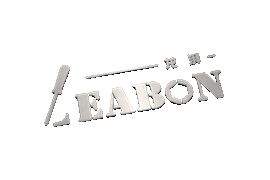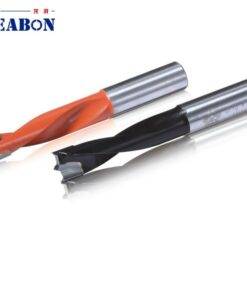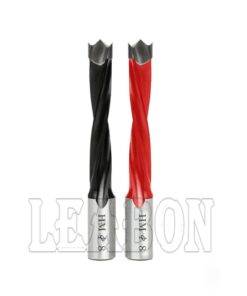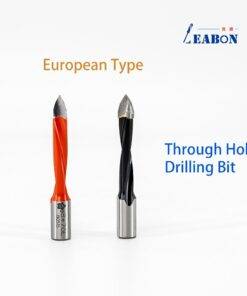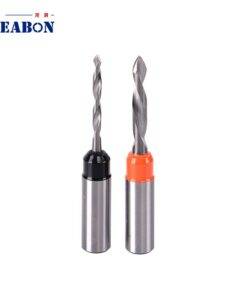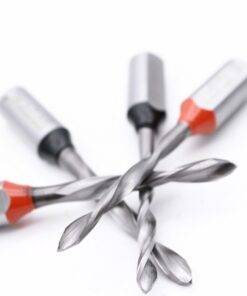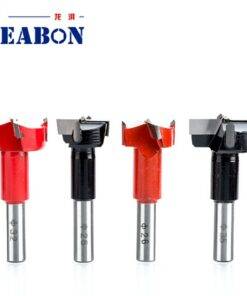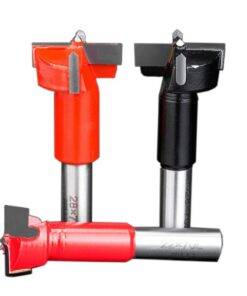Woodworking Accessories Tips
Brad Point Boring Bit – The Ultimate Guide for Clean, Accurate Woodworking Holes
Section:
-
What is a Brad Point Boring Bit?
-
Key Components and How It Works
-
Benefits of Brad Point Bits
-
Where to Use Them
-
Industrial-Grade Features
-
How to Choose
-
FAQs
-
Conclusion
What is a Brad Point Boring Bit?
A Brad Point Boring Bit (aka “lip and spur” bit) is a specialized woodworking drill bit designed for precise drilling with minimal tear-out. It features a sharp brad center point to anchor the bit and outer scoring spurs that slice wood cleanly.
Compared to standard twist drill bits, Brad Point bits stay centered, create clean hole edges, and eliminate the mess of splinters and jagged rims — making them perfect for cabinet drill bit use and precision joinery.
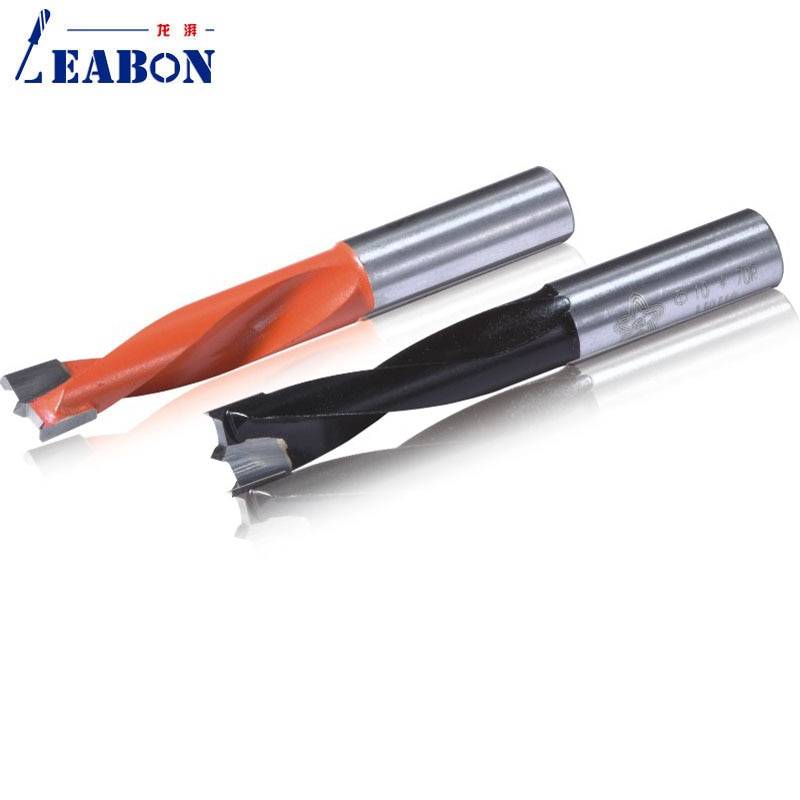
Key Components and How It Works
- Center Pin (Brad Point): Prevents wandering and holds bit steady.
- Scoring Spurs: Slice fibers before boring begins, reducing tear-out.
- Twist Flutes: Efficient chip removal, cool drilling, longer bit life.
This design ensures smooth entry, consistent hole size, and reduced cleanup — all crucial for professional woodworking projects.
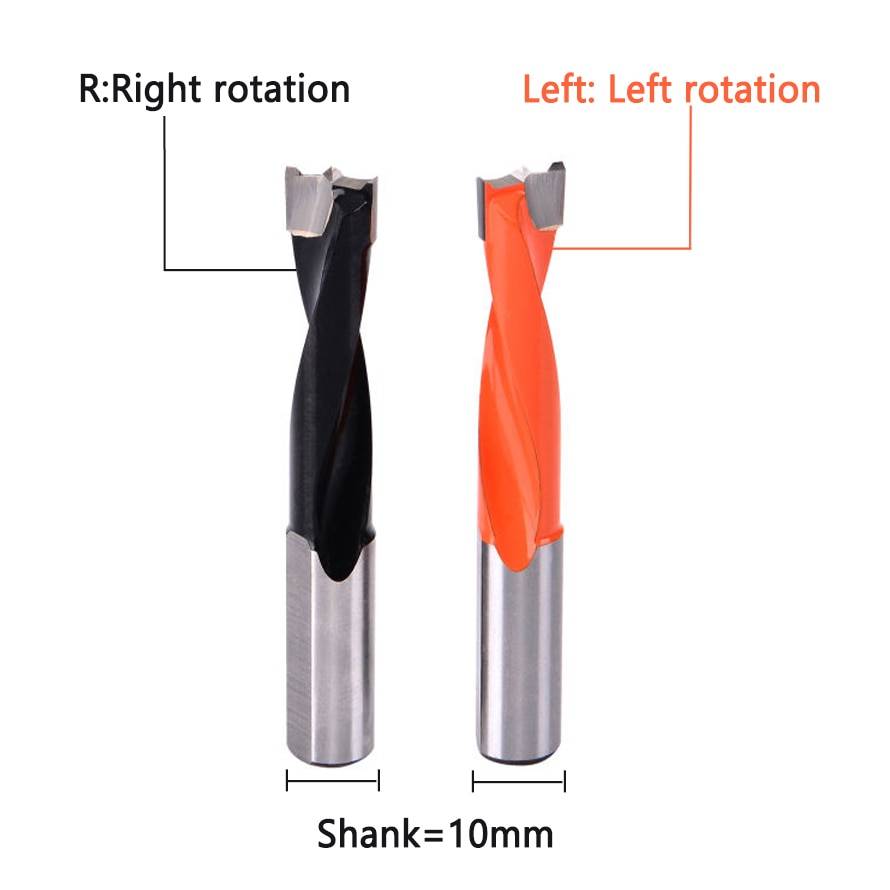
Why Choose a Brad Point Bit? Key Benefits Explained
✅ No Wandering
Brad points bite instantly into the wood surface — no skidding, no guessing.
✅ Clean Hole Edges
Scoring edges shear the fibers before drilling, producing a perfectly smooth hole. Great for visible joinery and dowel alignment.
✅ Accurate Hole Size
No over-drilling — your 5mm bit makes a true 5mm hole, ideal for dowels and shelf pins.
✅ Works at Angles
Need to drill at a 15° angle? The brad point keeps you centered where twist bits would drift.
Applications: Where Brad Point Bits Shine
🔩 Cabinet making & joinery
🔩 Bookshelves and furniture assembly
🎯 Dowel hole drilling
📐 Drilling shelf pin holes
🧰 Template-guided or jig-based drilling
Industrial-Grade Brad Point Bits: More Than Just Sharp
Take it up a notch with Amana Tool® Industrial Brad Point Boring Bits. These aren’t your average bits:
★ Carbide-Tipped for Durability
Holds an edge 3–5x longer than HSS — ideal for production environments or repeat drilling.
★ PTFE Non-Stick Coating
Reduces friction and chip clogging
Drills cooler, prevents burning
Applied at 570°F, it clears itself during use — no sanding required
★ Right-Hand vs. Left-Hand Bits
RH (clockwise): Standard use for hand drills and presses
LH (counter-clockwise): Specialty machines, or for removing broken screws
How to Choose the Right Brad Point Bit
Ask yourself:
Will I use this regularly? (If yes — 100% worth it)
Is precision critical in my work? (Cabinets, dowels, face frames?)
Does cleanup slow me down? (Clean holes = faster builds)
✅ If you said yes to any of the above — time to add a few Brad Point bits to your toolbox.
FAQs: Brad Point Bits Answered
Q: What materials can Brad Point bits be used on?A: Best for wood — softwoods, hardwoods, plywood, MDF. Not for metal or masonry.
Q: Can I use Brad Point bits in a hand drill?A: Yep! Just keep it steady — they shine even more with drill presses or jigs.
Q: How do I maintain a Brad Point bit?A: Keep clean and avoid metal. PTFE coatings (like Amana’s) resist gumming and help bits run cool.
Q: Are they more expensive?A: Slightly — but time saved on sanding, mistakes, and redos? Totally worth it.
Conclusion: Don’t Compromise on Precision
When precision, speed, and clean finish matter, the Brad Point Boring Bit delivers. You get cleaner holes, better alignment, and less sanding — all without needing advanced skills.
🔁 So next time you think about grabbing a twist bit, ask: Would a Brad Point do it better? (Spoiler: Yes.)
📌 Pro Tip: Bookmark this page and check out our Recommended Brad Point Bits → for your next woodworking upgrade.
